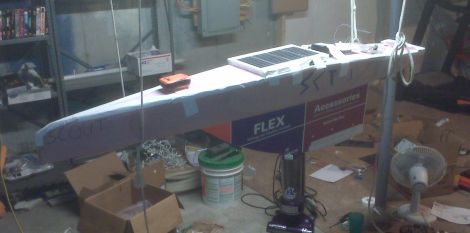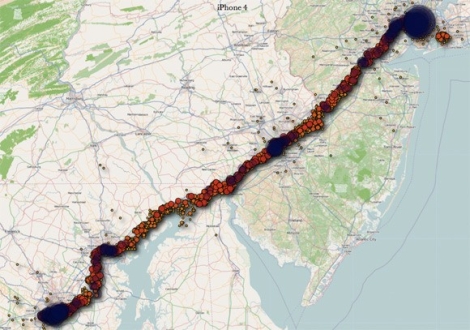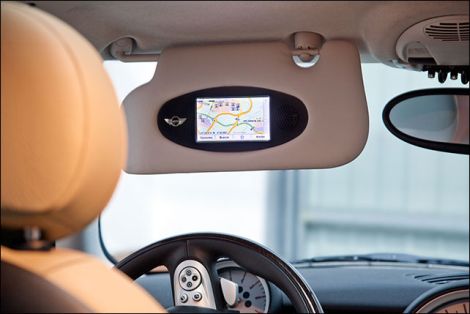
Sailing a small boat across the Atlantic ocean is quite the daunting task. As many have discovered, it is a journey often fraught with perils, typically ending in failure. A team of four college students decided the best way to get a small boat across the ocean would be to remove the human element from the process, so they set off to build an autonomous craft to take on the task.
Like most projects, this one started as a handful of wild ideas exchanged between friends [Dylan Rodriguez and Max Kramers]. As they thought about it more, they decided that turning [Max’s] sailboat into an autonomous ocean-going craft would be pretty awesome, so they got to work. Recruiting help from their friends [Brendan Prior and Ricky Lyman], the project started to quickly take shape, and Scout was born.
Scout is 8 feet long and consists of foam core covered in carbon fiber. It is filled with various electronic components such as a SPOT tracker, a battery bank that will power the boat for up to 25 hours, and the various servos and motors which will be used to pilot the craft.
It’s a rather ambitious project, though the boat is nearly complete – just in time for their launch, slated for May 29th. We’ll certainly be keeping an eye on this project as the launch date approaches – good luck guys!
Head on over to their Kickstarter page to see a promo video introducing Scout.















